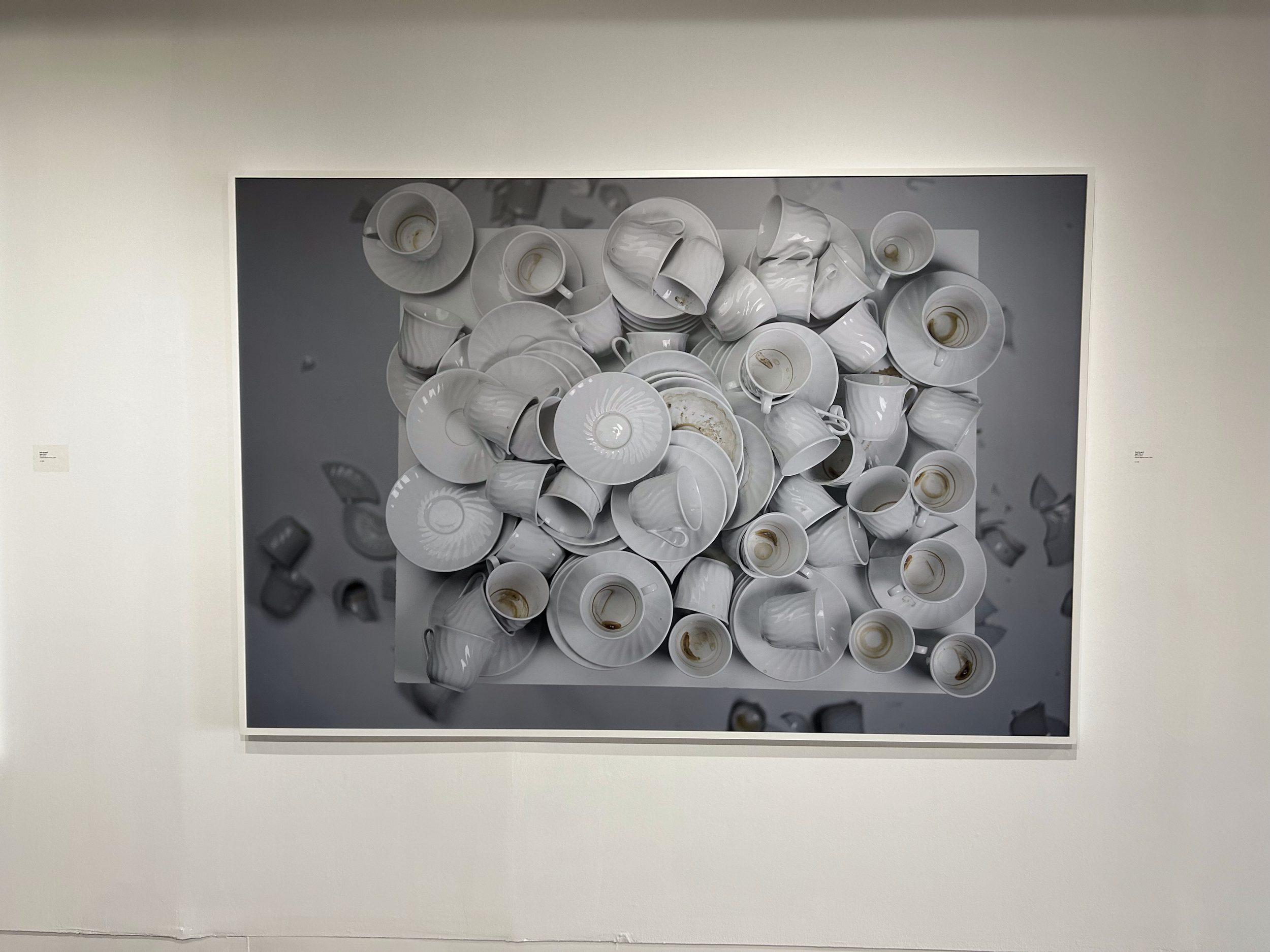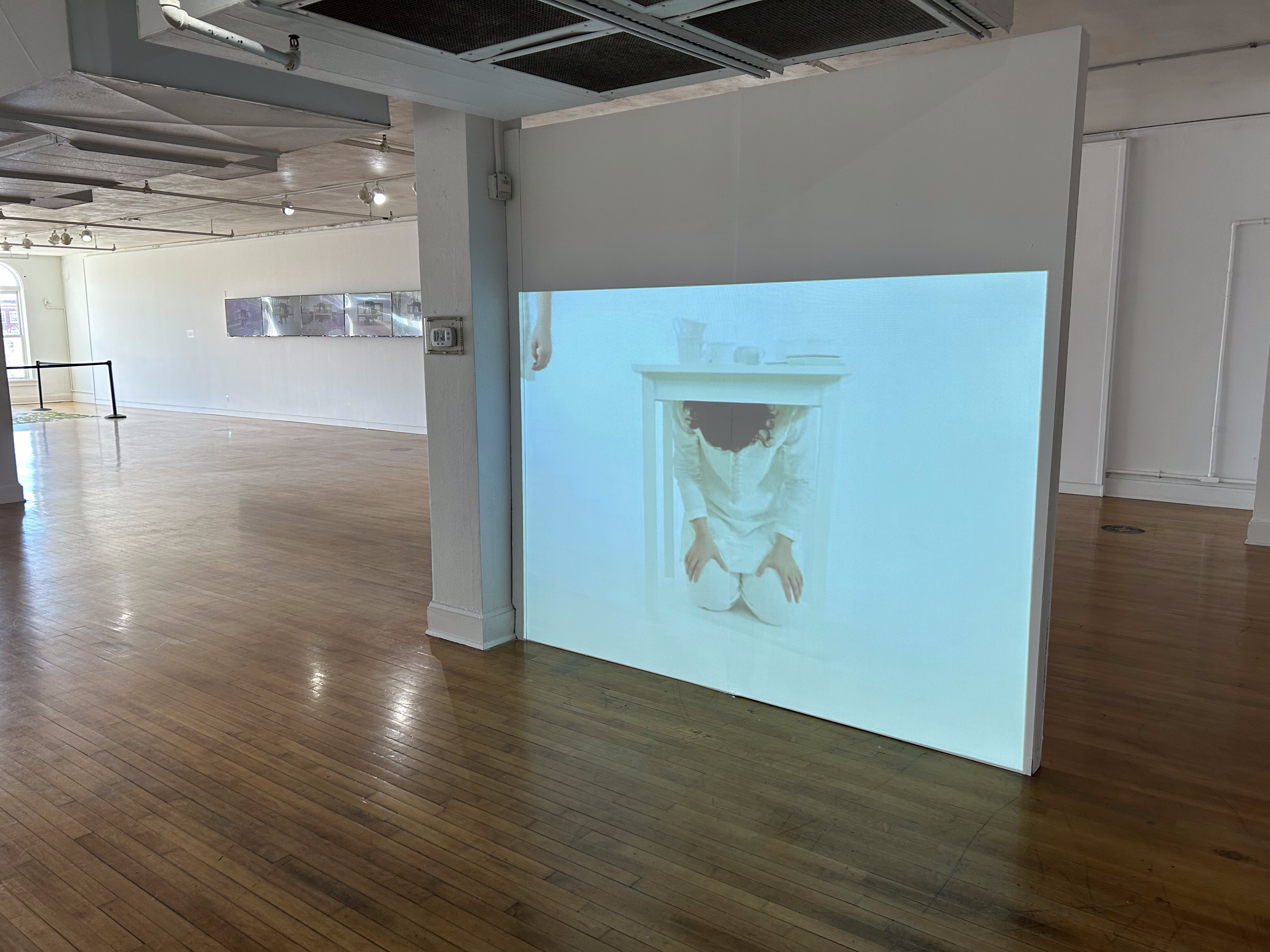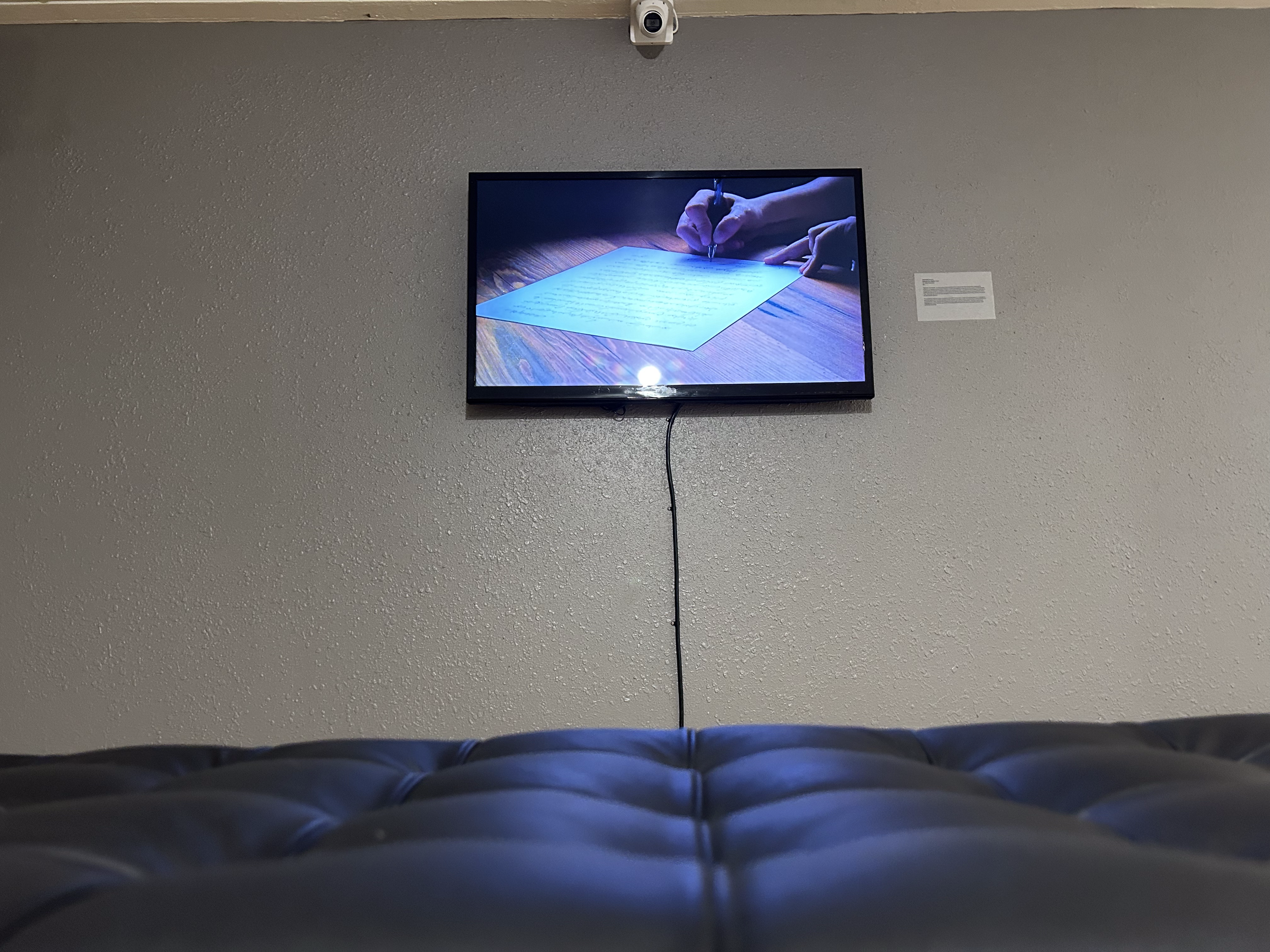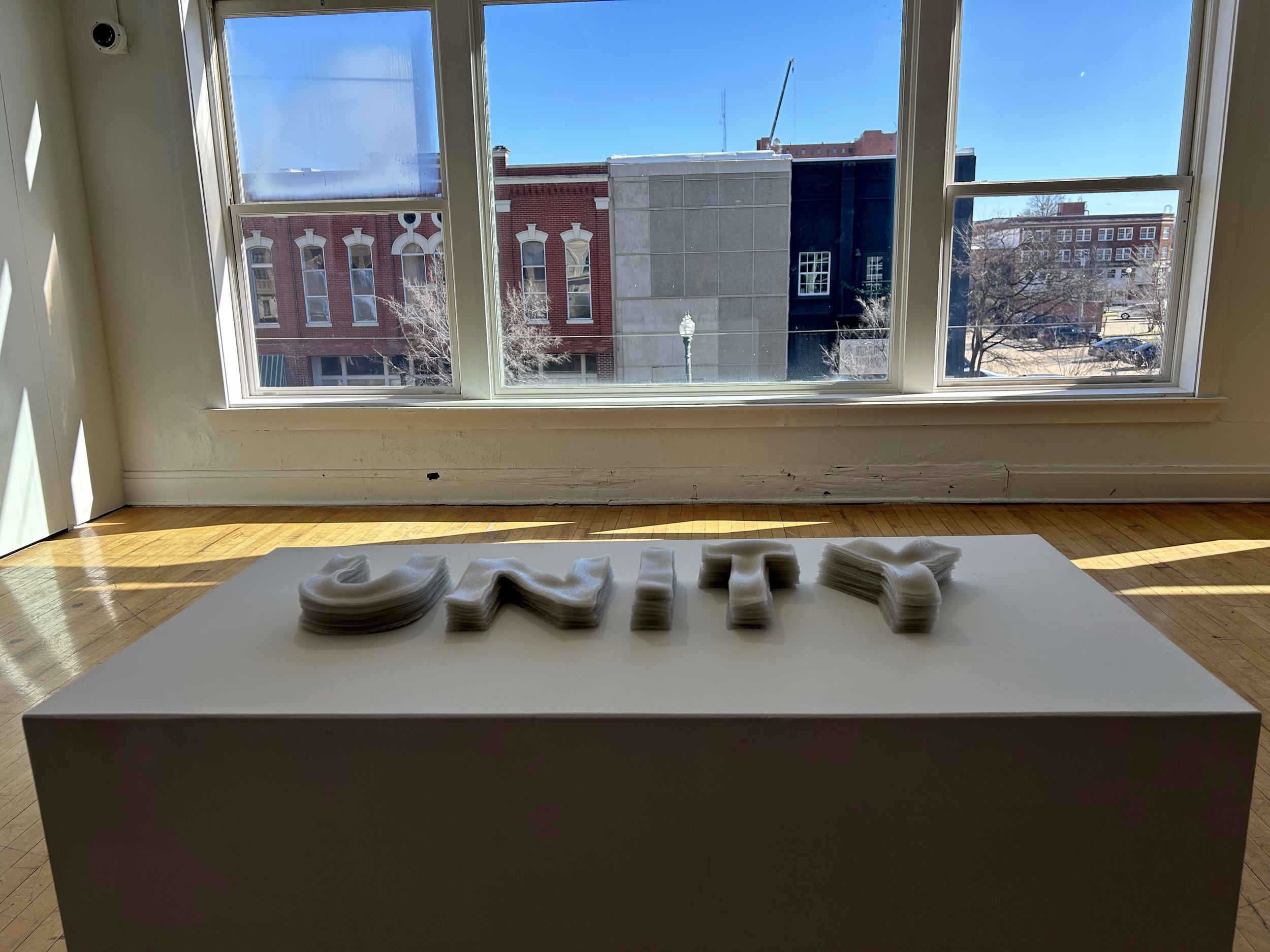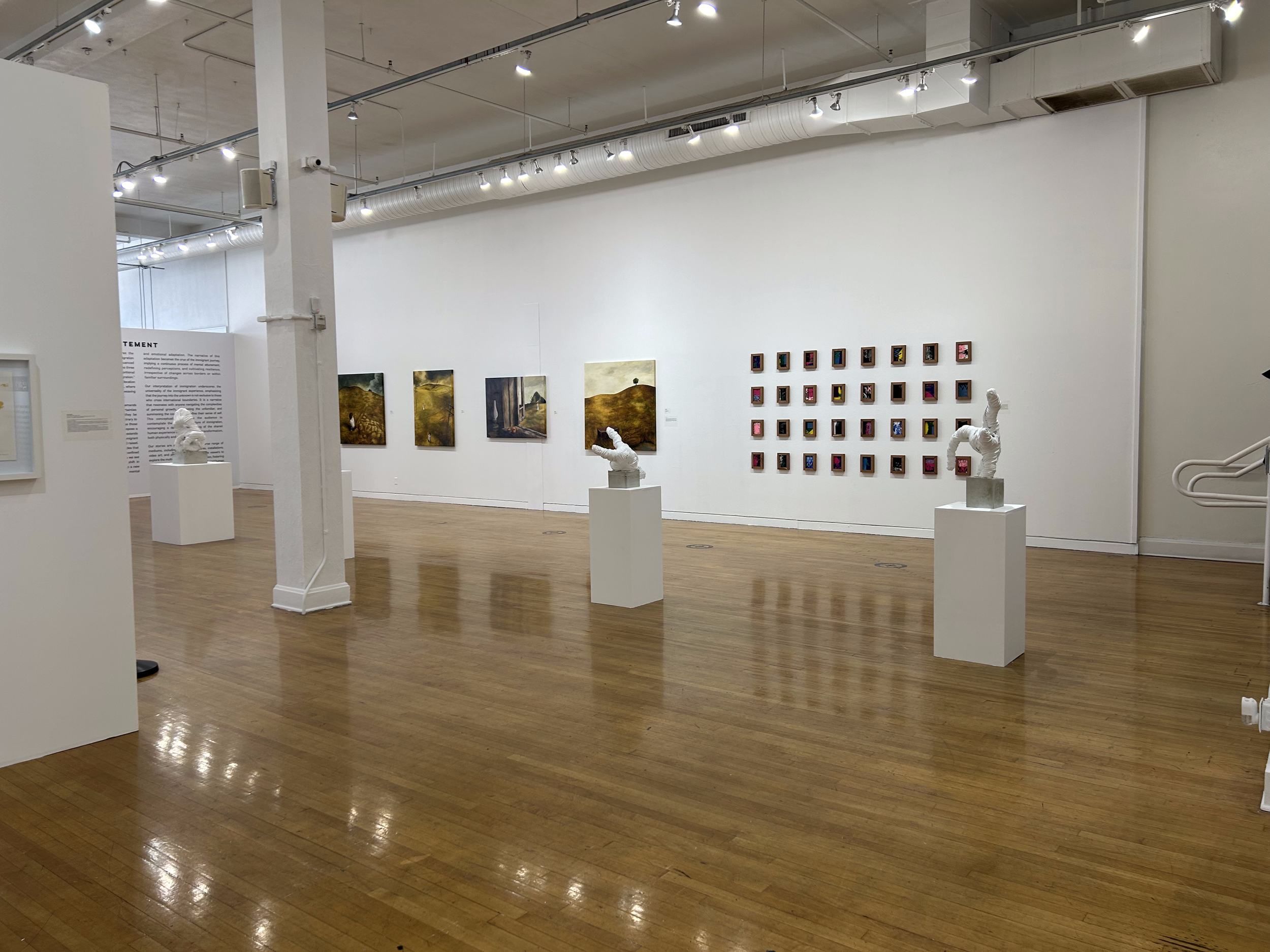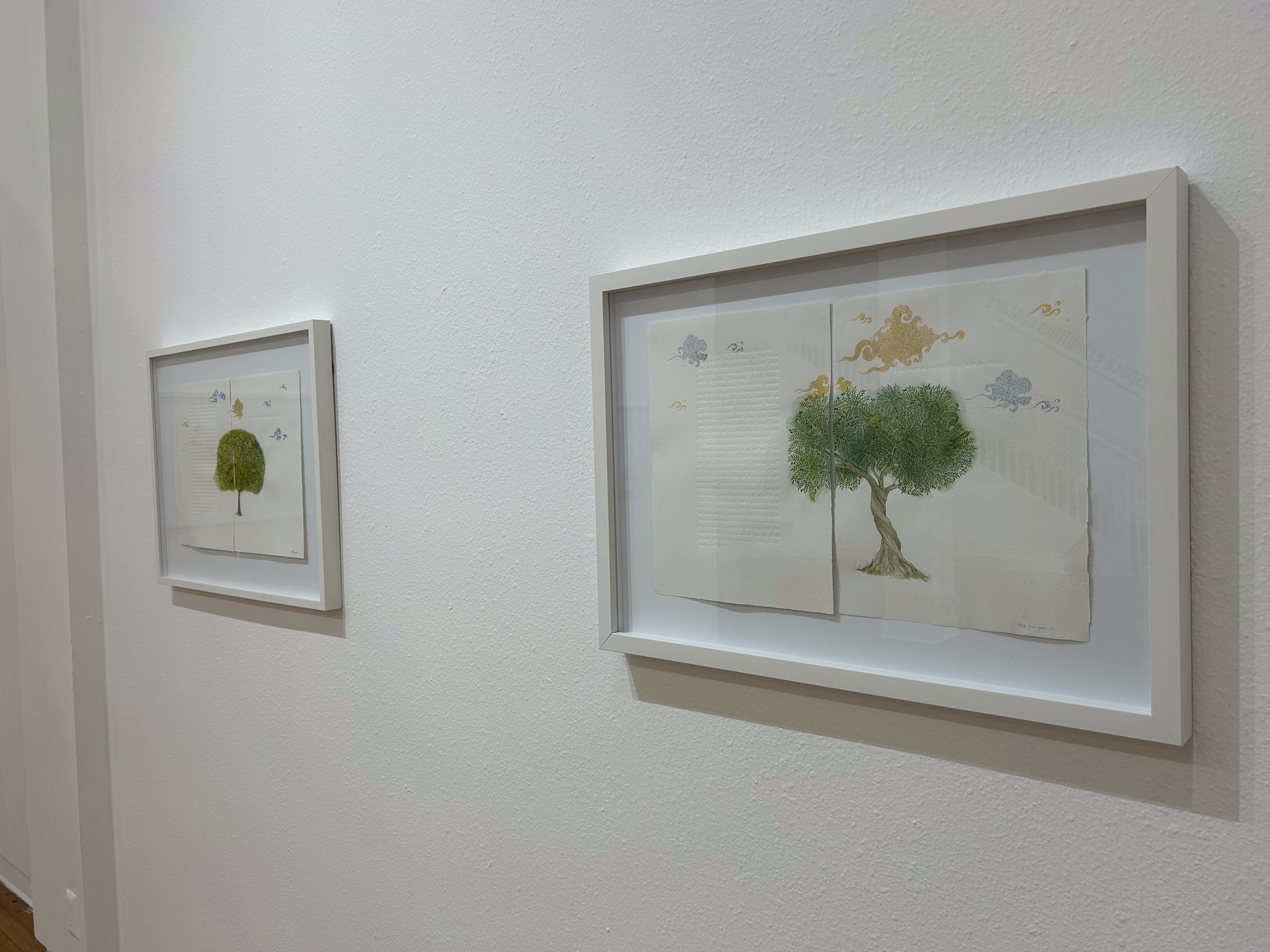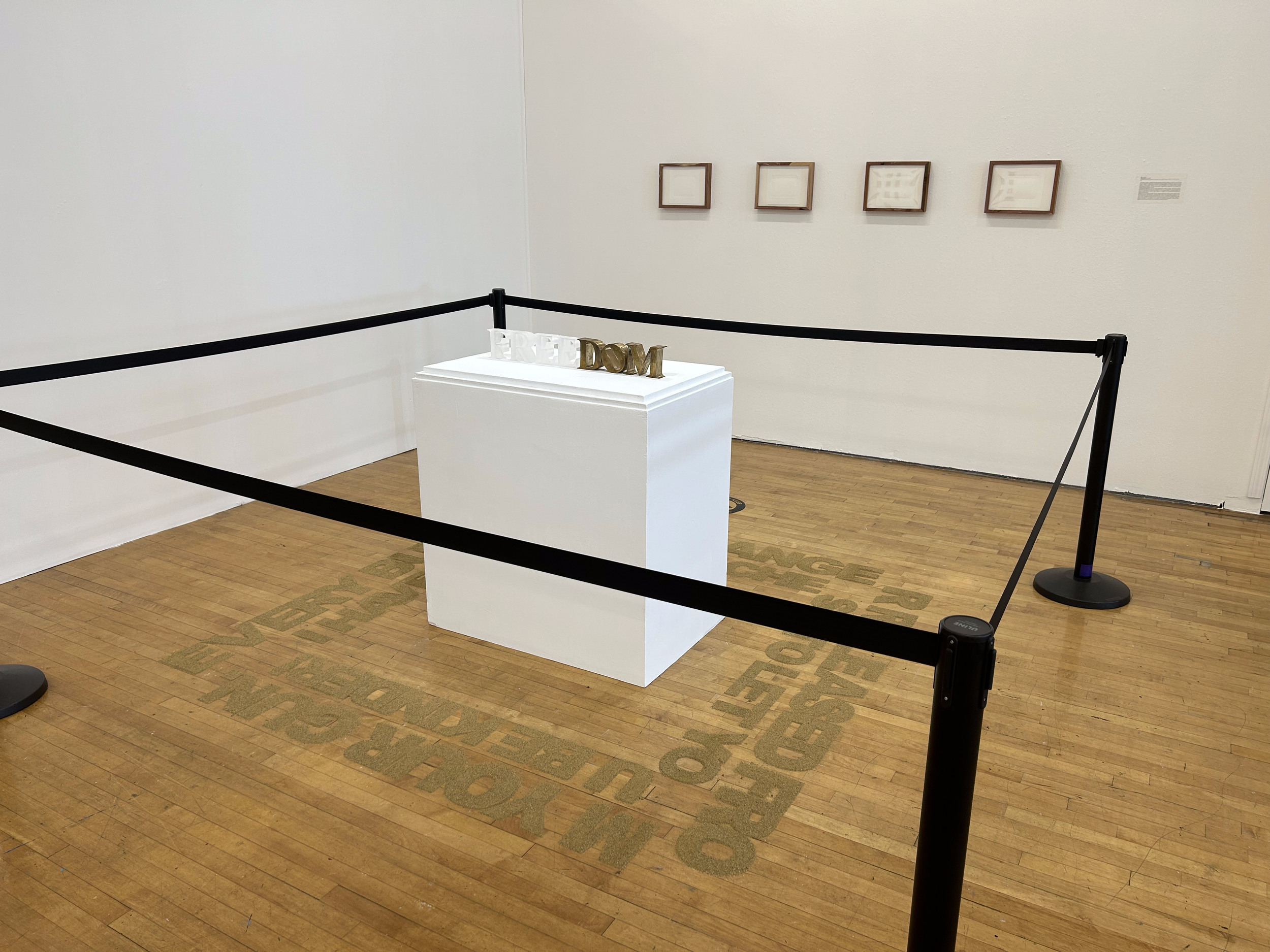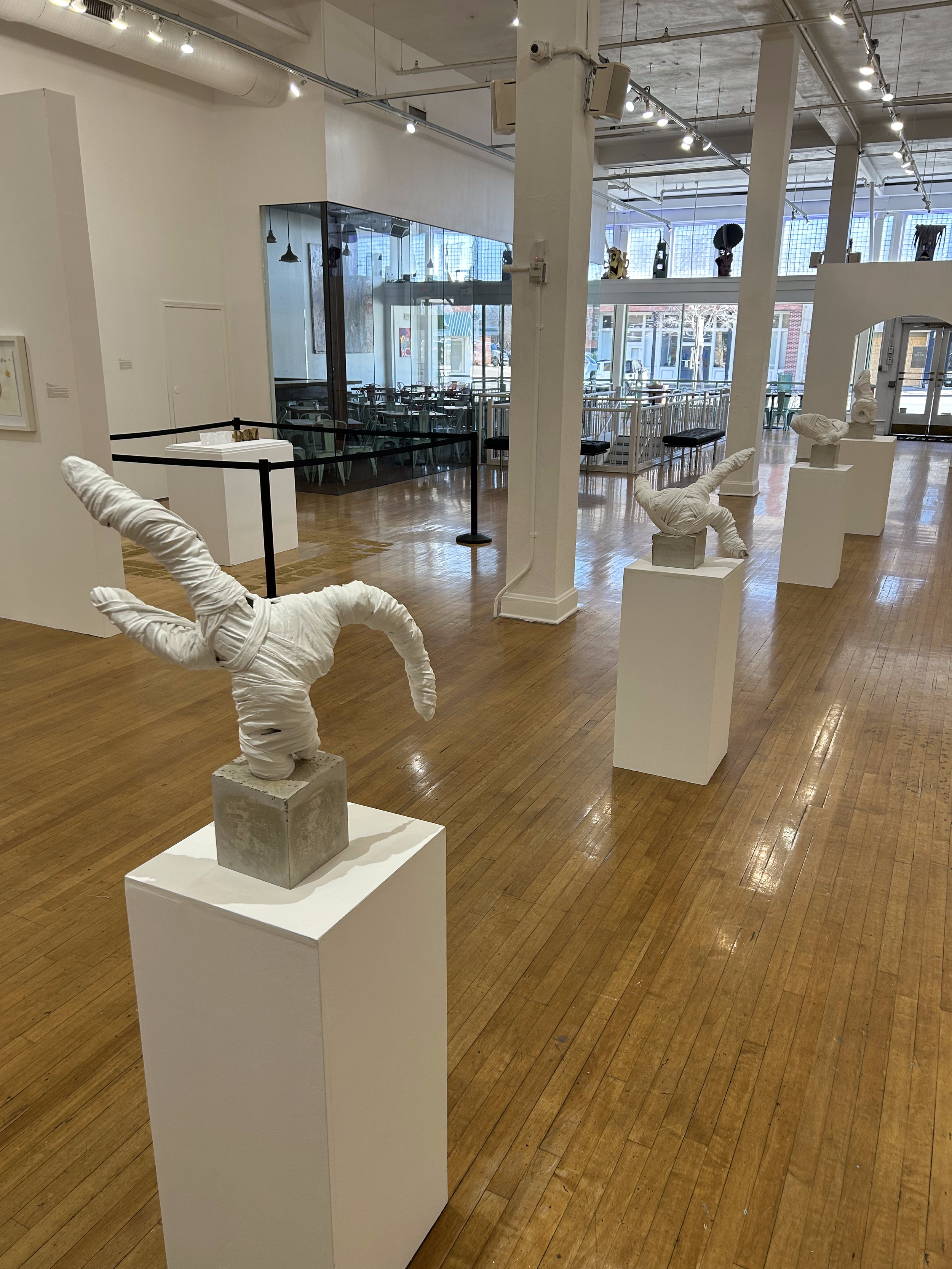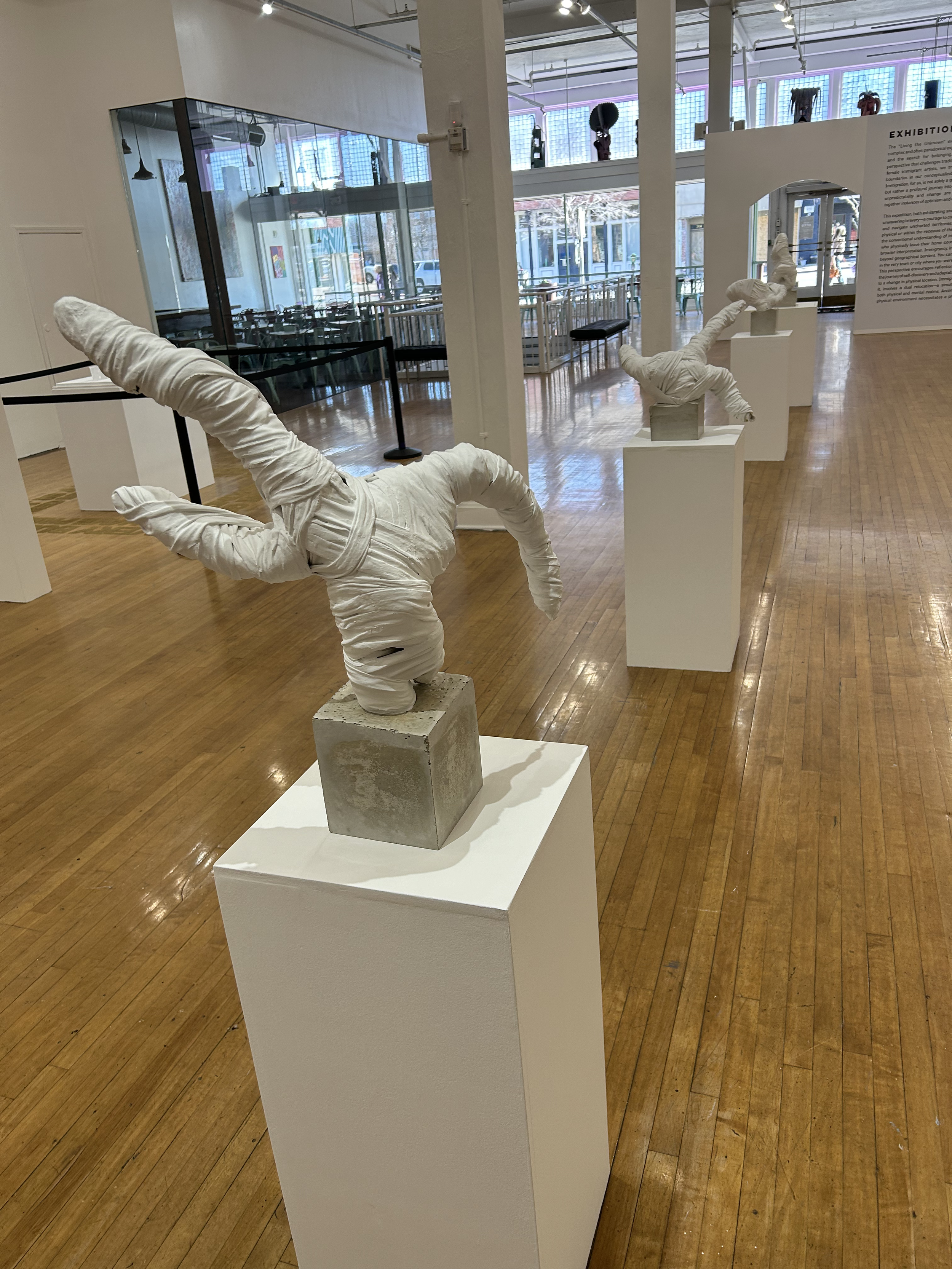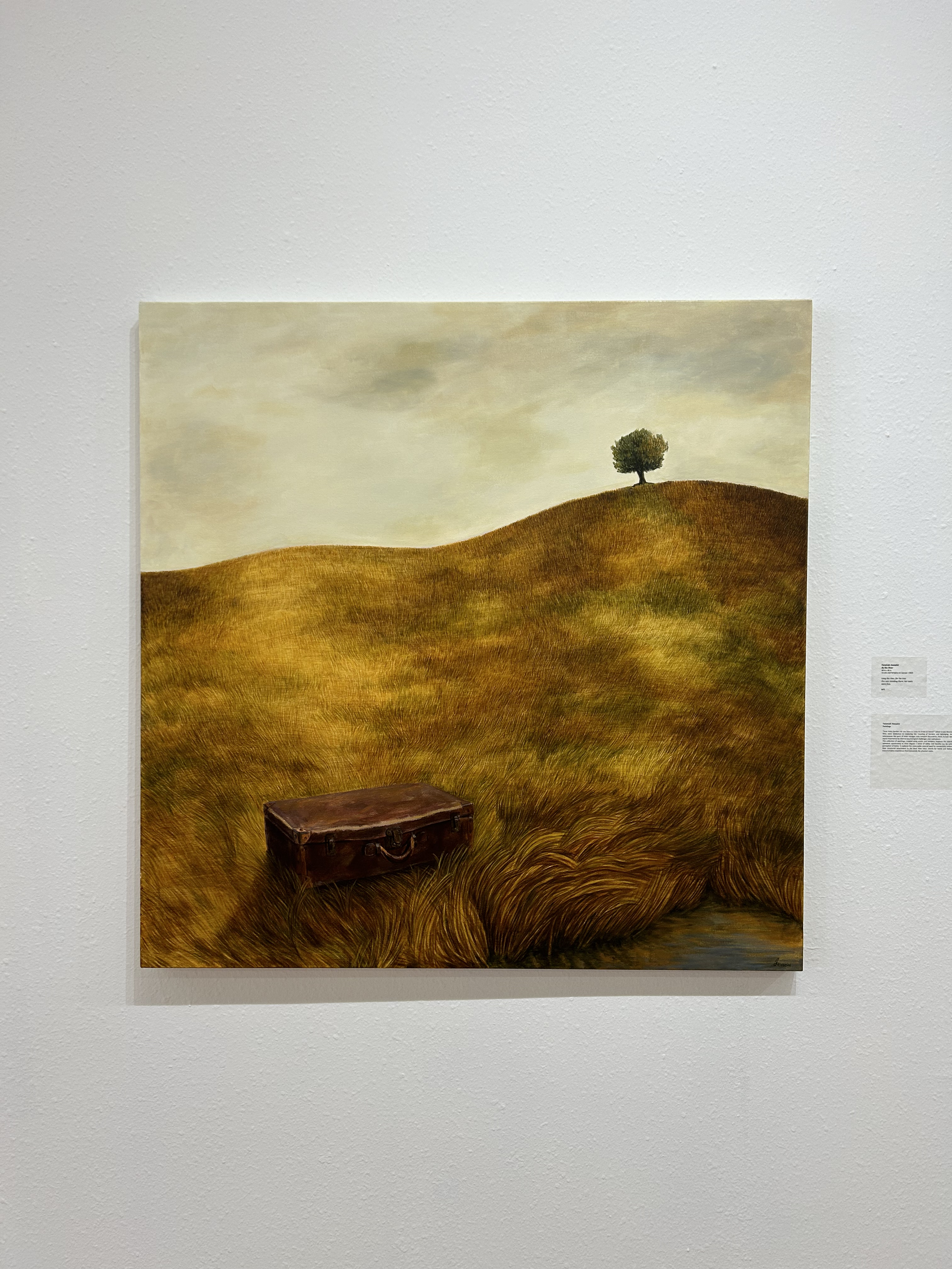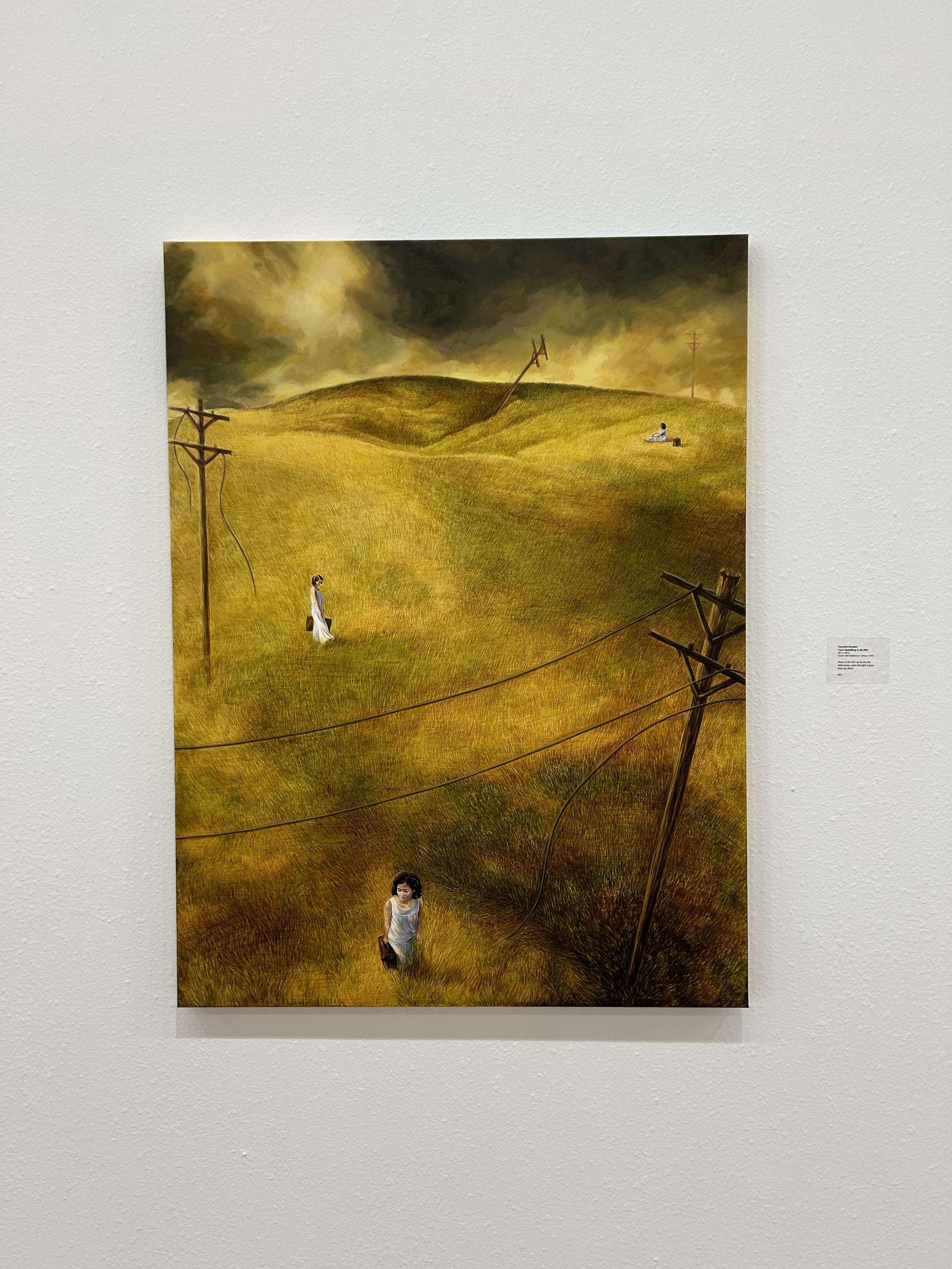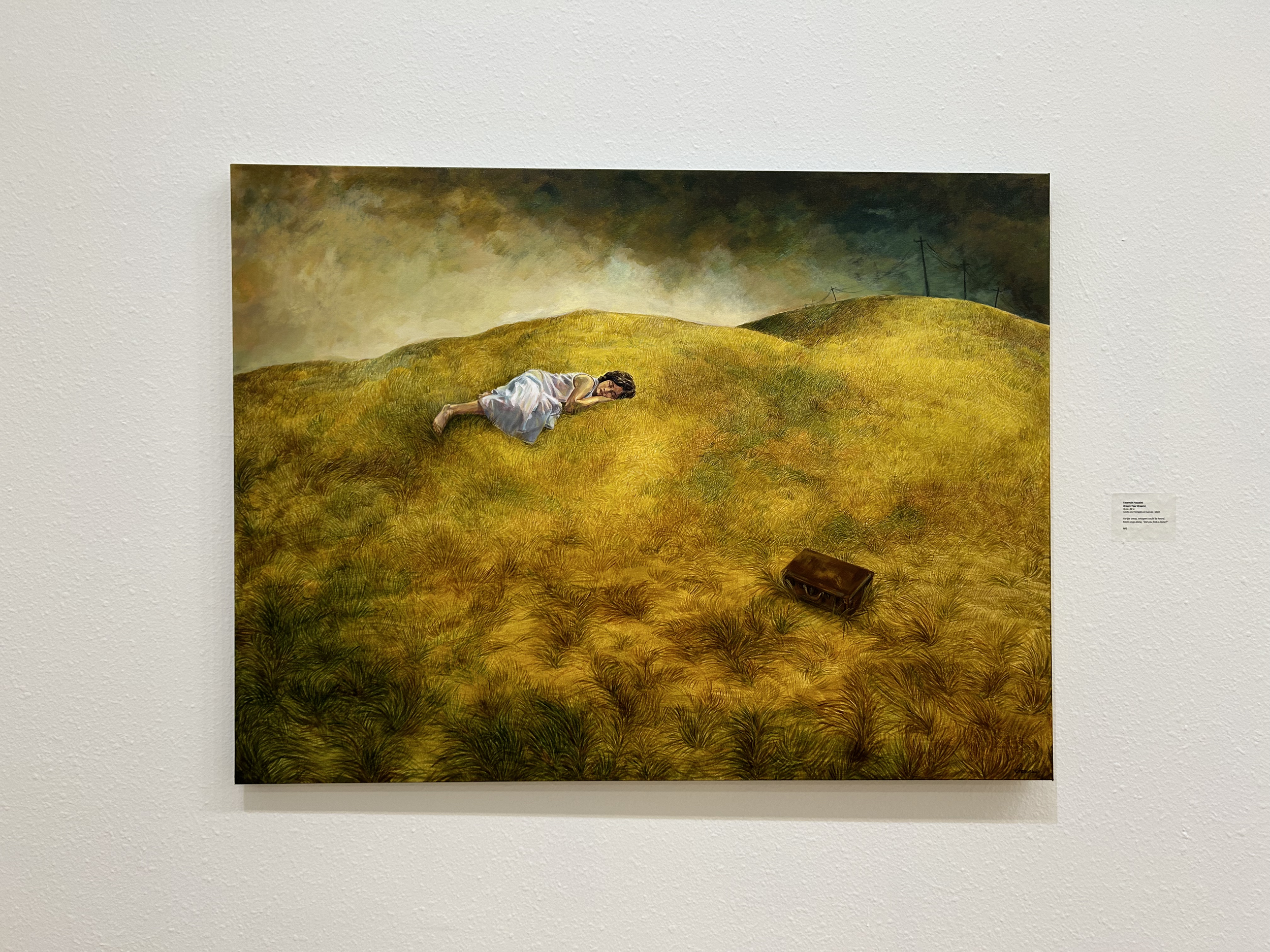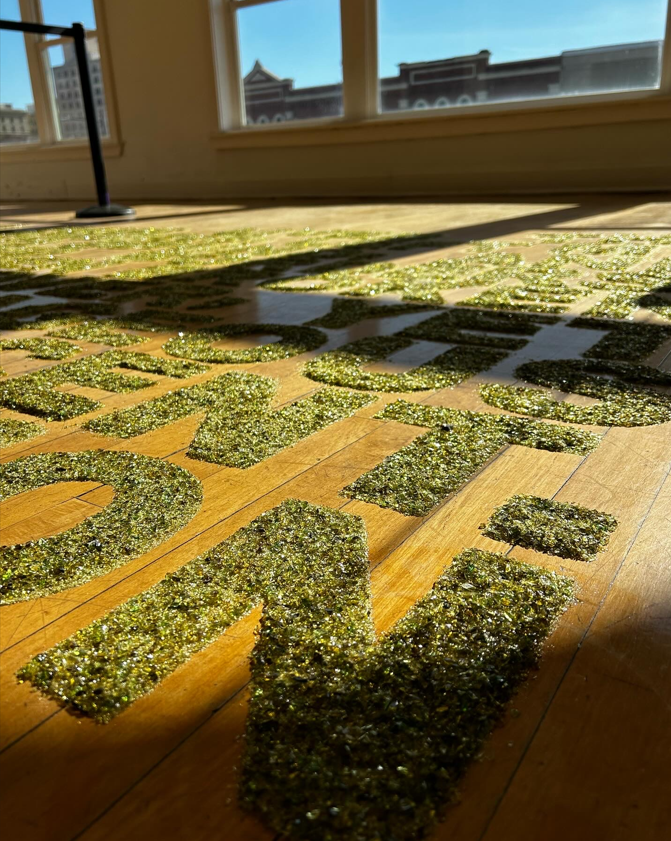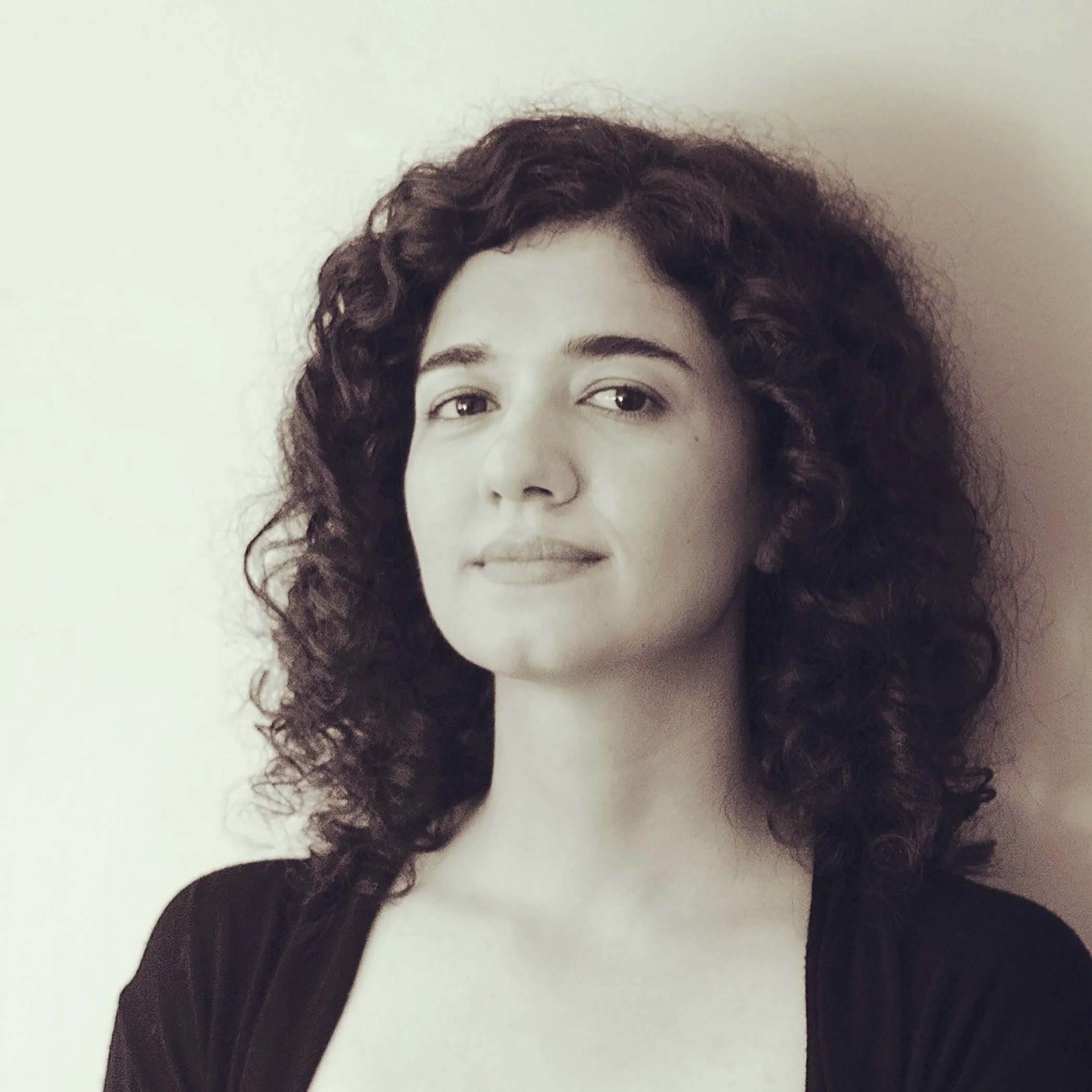Living the Unknown
january 26 - march 16, 2023
mainspace and coolspace gallery @ artspace
Iranian-born artist Sara Rastegar, alongside fellow Iranian artists Nida Bangash and Fatemeh Hosseini, is curating and exhibiting "Living the Unknown" at artspace in downtown Shreveport from January 26 to March 16, 2024. The interdisciplinary exhibition employs various mediums such as glass, bronze, plaster, wood, concrete, and prints to explore the universal immigrant experience. Rastegar's art emphasizes the courage required in confronting uncertainties and navigating uncharted territories.
The exhibition encourages viewers to contemplate the complexities of personal growth and the shared human experience of adaptation and transformation. Rastegar, a full-time professor at the Savannah College of Art and Design (SCAD), sees immigration as a profound journey into the unknown, transcending geographical boundaries. The artists' work challenges preconceptions, biases, and becomes a testament to the enduring nature of hope in the face of the unknown.
Nida Bangash is currently a full-time professor in the Department of Foundation Studies at SCAD. She served as an adjunct faculty member in the department of Art at Texas Women University and the University of North Texas, Denton, and Curator at heard Natural Science and Wildlife Sanctuary in McKinny, TX.
Fatemeh Hosseini is also a full-time professor in the Department of Foundation Studies at the Savannah College of Art and Design (SCAD), Savannah, GA. She has an MA in motion media design from SCAD, and an MFA in painting from the School of Visual Arts, Alzahra University, Tehran, Iran.
Rastegar recently established "Point Studio Art," an open-to-the-public art studio at the Louisiana Boardwalk, aiming to bring art into people's lives. The exhibition celebrates the bravery and resilience required for a new journey, capturing both the highs and lows of the immigrant experience. The artists aim to engage viewers physically and emotionally, fostering a deeper understanding of the immigrant narrative.
Sara Rastegar
Fatemeh Hosseini
EXHIBITING ARTISTS:
Sara Rastegar
Nida Bangash
Fatemeh Hosseini
CURATED BY:
Sara Rastegar
Nida Bangash
ARTIST STATEMENTS
Sara Rastegar
In my artistic practice, I engage in the creation of multi-layered conceptual works that delve into the diverse facets of immigration and the pursuit of self-discovery. Concurrently, I explore the evolving dynamics of language and its profound impact on our shifting realities. Within this exploration, text emerges as a pivotal element in most of my interdisciplinary works, including installations, sculptures, and prints.
Navigating through various mediums, I consciously strike a delicate balance between construction and destruction, embracing the inherent ambiguity that words often embody in our contemporary era, where language wields unparalleled influence.
As an immigrant artist, my connection with language intensifies, resonating with the profound social and political forces transcending borders. This heightened affiliation weaves a narrative of insecurity, uncertainty, and vulnerability, exacerbated by the apprehension of unforeseen transformations resulting from contractual shifts. Simultaneously, this highlights the resilience, bravery, and curiosity involved in such a journey.
Nida Bangash
My mashq-based practice engages paradoxical issues of loss, dislocation, displacement, and territoriality through examining the domestic as charged political space. Coming from a tradition of musawri[1] - miniature painting and carpet weaving, I am interested in the formal and conceptual underpinnings of the grid - a binary structure of power, which bears, gives form to, and disappears into the composition itself.
[1] The term miniature painting was changed from fanne-musawri during the British era and now we associate the whole genre with this term. The Arabic word fanne-musawri is one of the 99 names of God that is used self reflexively in the Quran as the curator/artist. This word entered India through Persian language. The local term connects the painter to the Divine archetype of the creator whereas the reductive materialistic term miniature merely describes the art from its physical attributes, whether it refers to its perceived smallness or the pigment miniatum.
Fatemeh Hosseini
As a filmmaker and visual artist, immigration starts for me long before one dislocates physically from one place to another; an everyday existence filled with the turbulence of constant mental, physical, and emotional change is the true primer and incubator. It is a cycle made up of the birth and death of moments. In truth, immigration means leaving the roots of one’s unbreakable beliefs to venture out on a quest for cognition in an effort to confront the state of alienation from the self as it is from the world.
This collection of paintings, created using acrylic and tempera, explores the search for belonging despite cultural upheaval, questioning to what degree a sense of safety and identity can be achieved through examining one’s perception of home. It explores the undeniable visceral need for connectivity within humanity and the evolution of their emotional attachment to the land. How one’s search for home and belonging can be an alienating, yet transformative experience that transcends the physical realm.
